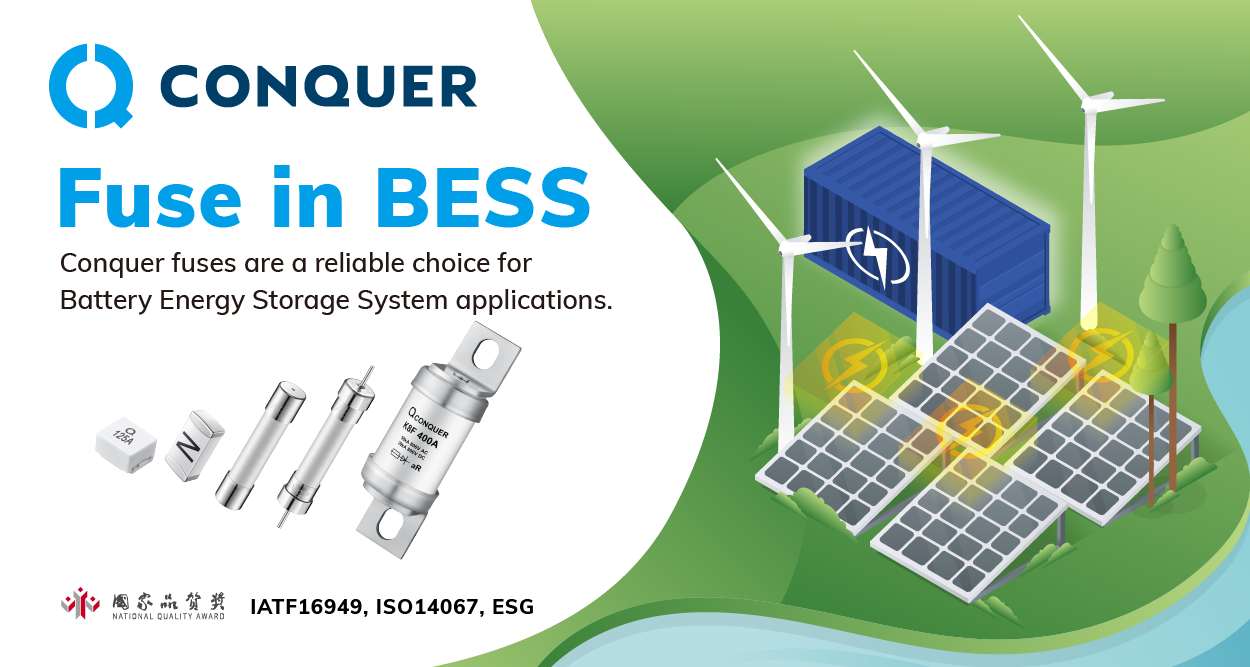What is the one thing common in high-profile wedding shoots and precision pesticide spray in agriculture? Well, drones! Drones are being used extensively across industries, today. They are assisting in various use cases in agriculture, helping in reducing search times in rescue operations, joining the fight against plastic pollution in oceans, and becoming almost indispensable in delivering aid to people in need.
Mission Possible
Oceans cover more than 70% of the earth’s surface and are one of the most valuable natural resources of our planet. However, they are being drowned with trash. Armed with artificial intelligence (AI) and high-resolution cameras, drones are helping fight plastic pollution in the oceans. AI enables the drone to distinguish between plastic waste and sea animals, such as jellyfish. Once the drone can make this distinction, it can then take high-resolution pictures or 4K videos of areas in the oceans that are flooded with trash or pollution hotspots. This allows the teams to target the right area for cleanup without wasting effort, time, and money. Later, data and images can be analyzed to help understand and identify the triggers for pollution in specific areas. This can help in correcting or fixing bigger issues and provide a better and long-lasting solution.
It is important to note that storage plays a key role in capturing, storing, and processing data to help unlock solutions. Moreover, drones need specialist storage solutions with high endurance, high performance, and high capacity. For example, a 4K video at 100mpbs over 30 minutes of operation can generate up to 22GB of data. Therefore, the 4K cameras need to be powered by high capacity and high endurance microSD cards.
Drones to the Rescue
Drones are also becoming essential in improving the aid provided to people lost or injured in the wilderness. For example, due to the slope of the hill or mountain, it is often impossible to assess in advance the terrain to be traversed or the state of the victim. A rescue team member must go over the mountain’s edge and adjust their plan as the rescue mission unfolds. But this dynamic changes with drones. One can fly the drone over the edge of the mountain to identify the location of a victim, the possible status of the victim and map the safest path to send rescuers. Video from the drone can dramatically reduce the time required to reach, render aid to, and rescue a person. The faster someone can be transported to safety, the more likely it is to save a life.
In some mountain rescues, a helicopter is deployed to lift the victim from their location. With a drone and camera, it can be assessed whether the victim will need a helicopter for rescue and what is the best equipment the helicopter would need for the particular situation. This would save valuable time as the helicopter resource could be staged and ready to go even before the rescue team reaches the victim. Not to forget, that rescue operations can take place in extreme weather and difficult terrains- volunteers are called out in all types of conditions conducting operations day or night, in rain or snow, and during extreme hot or cold weather- which means that devices should be able to operate in those conditions.
Storage, an essential component
For drones, storage must be designed and tested to withstand the most demanding conditions, delivering the high reliability and durability required for these operations. Today there are high-capacity cards, which are built ground up for such use cases, such as Western Digital’s WD Purple SC QD101 microSD card. With up to 1TB capacities, this card is built to offer high performance, reliability, and endurance. It supports the -25°C to 85°C temperature range and is humidity resistant. It is designed for continuous operation in extreme weather conditions and in a variety of climates, which makes it the perfect companion for such operations.
There are a variety of other interesting use cases that are emerging using drones. Perhaps the most important aspect, no matter the use case, is the data these drones are able to collect. The immediate and future uses of the data are extremely valuable, but only if it can be stored effectively to then be extracted and analyzed. Storage will continue to be a critical component of drone operations, unlocking new possibilities of innovation.















